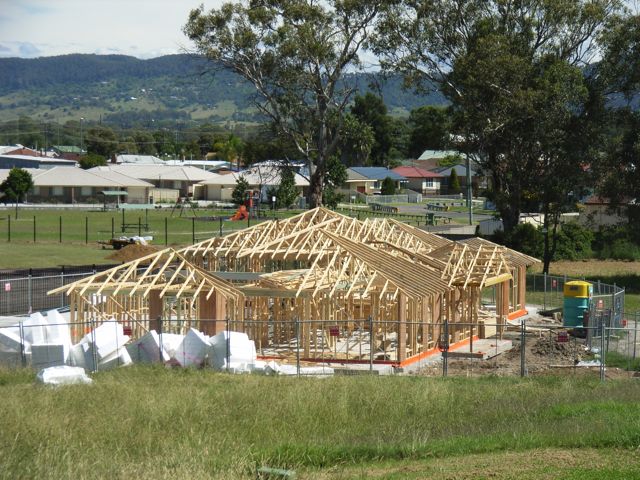Property developing can throw many different challenges at you and one thing I have learnt after managing over sixty developments is that there is always a solution to a problem. The trick is to understand what possible issues could arise and preparing yourself for them.
You see, the development process is not an exact science because every development site is different. So the construction costs will rarely if ever, be the same from project to project, even if you are using the same plans. Some sites will need more retaining than others based on the fall of the land, others may need more concrete due to the length of the site and then there are the projects that have things lurking below the surface that could never have been imagined. We once uncovered an old asbestos shed that had been buried many years ago. This did not come up on our geo technical report and had to be removed as contaminated rather than normal waste.
Sometimes if you develop in the same areas, you can work out after a few developments, what is likely to happen. You may be able to base your estimates on say the soil type as you’ve developed in that same estate. This can mean similar slab piering will be required as an example. You understand what council is likely to approve and the fees and charges. That’s what experience brings to the table.
But sometimes things don’t go to plan and as a project manager it is up to us to make sure the development gets through as efficiently as possible. One of the biggest areas for problems is the allowance for building works.
When pricing a development and running feasibilities, it is important to understand that your building estimate is an organic creature. By this I mean the building estimate you start with will nearly always be different to the one you end with. It will evolve throughout the process as you obtain more and more details. Once you have all the fine details, the building estimate can be finalised to the fixed price builder’s tender.
When designing our villa plans, we generally follow this process:
- Concept plan – this will show the number and size of villas on the land, but not much detail.
- Development Application (DA) plans – enough information is included on the plans to satisfy council.
- Construction Certificate (CC) plans –more detail, including engineer drainage and slab design.
The starting point for our build estimate will be based on similar projects that we have recently completed and an allowance for the different site.
This progresses to an estimate based on the Concept Plan. Still a very ‘loose’ estimate as there is usually not enough detail on the Concept Plan for the builder to have all information he needs. The build estimate we have at this stage will tell us whether we are tracking within budget. If not, we can make the necessary changes required, perhaps reducing the size of the villas working with both our builder and architect to design the right dwellings for our project to be successful.
Once the Concept Plan is approved, the architect will proceed to full DA plans. It is here that much more detail is added and we will have our builder price the DA plans. Again, this does not give us a final build cost but we will be getting closer to the expected outcome. Once approved by our client, the DA plans are finalised and the DA is prepared.
During the DA process, council may request some changes to the plans, so it is important to understand we are still ‘evolving’ at this stage. We also need to review the Conditions of the DA Consent before we have more detail to finalise the build costs.
Once council have approved the DA, we will start to prepare the CC plans. Engineers will be briefed and a drainage and engineered slab design or footings for the foundations will be produced. More detail is added to the CC plans, finalising levels and double checking schedules.
Before we lodge the CC plans with our private certifier we will have our builder issue a third costing. It is this costing that will give us the final build costs...well almost. We still need to have the CC approved and ensure there are no further revisions to the plans required.
After we have the CC stamped plans, our builder will issue their final tender and building contract. This will be a fixed price contract; however, there may still be a few items that will be ‘provisional’. They are usually some site works, removal of fill and retaining walls. The builder may mark these items as provisional as they won’t know until works proceed exactly what the cost is. For instance, if rock is hit during the site cut, this will increase the site costs. If the site cut differs slightly to the plans, this may impact on the height of retaining walls. So these ‘provisional’ items will be charged at actual cost whether it is lower or higher.

So you can see how the build estimate must evolve through the development process and until your development is completed, you really won’t know the exact cost.
It’s important you allow a contingency amount for variations that may crop up along the way.
As a developer, you will embark on a challenging journey from start to finish and the path you choose can be simplified with the help of a project manager to guide you along the way.
Always take the time to have full builder’s estimates done at each stage to avoid any nasty surprises.
http://www.propertybloom.com.au

